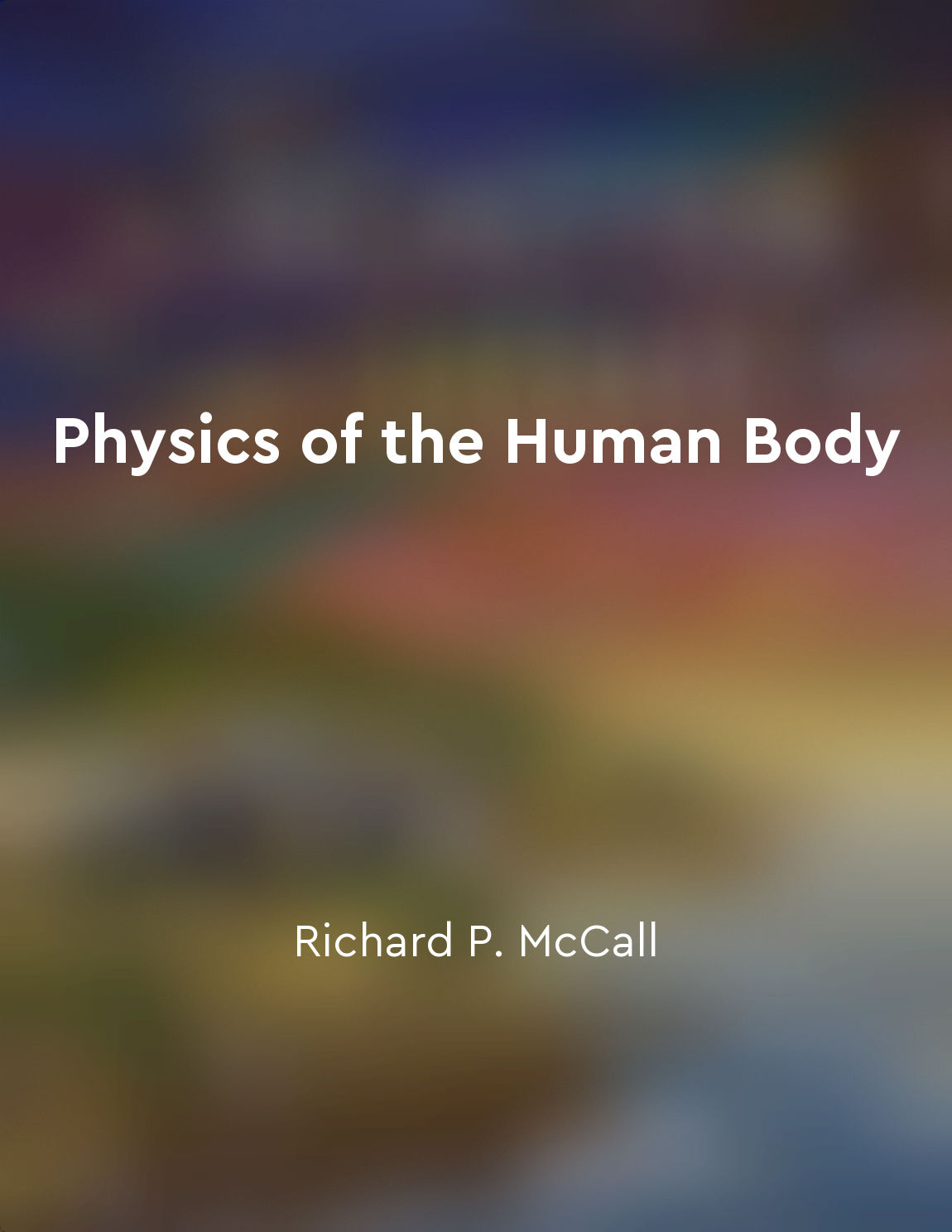Audio available in app
Organs are composed of different types of tissues from "summary" of Anatomy and Physiology by J. Gordon Betts,Peter DeSaix,Jody E. Johnson,Oksana Korol,Dean H. Kruse,Brandon Poe,James A. Wise,Mark Womble,Kelly A. Young
In the human body, organs are complex structures that perform specific functions necessary for survival. Each organ is made up of a combination of different types of tissues, each with its own unique structure and function. These tissues work together to ensure the organ can carry out its designated role effectively and efficiently. There are four main types of tissues found in organs: epithelial, connective, muscle, and nervous tissue. Epithelial tissue lines the surfaces of organs and cavities, acting as a protective barrier against external threats. Connective tissue provides support and structure to organs, holding them together and maintaining their shape. Muscle tissue is responsible for movement and contraction, allowing organs to carry out their functions. Nervous tissue transmits electrical signals throughout the body, coordinating communication between organs and the brain. Within each organ, these different types of tissues are organized in a specific arrangement to optimize their performance. For example, in the heart, muscle tissue predominates to facilitate its pumping action, while connective tissue provides support and structure. In the lungs, epithelial tissue lines the airways to protect against foreign particles, while muscle tissue allows for the expansion and contraction needed for breathing.- Ultimately contributing to overall health and well-being. By understanding the composition of organs and the role of different types of tissues within them, we can appreciate the complexity and beauty of the human body.
Similar Posts

Lymphatics drain excess fluid and waste products
The lymphatic system plays a crucial role in maintaining fluid balance within the body. It consists of a network of lymphatic v...

Death is a natural part of the life cycle
In the grand scheme of life, death is an inevitable occurrence that plays a crucial role in the cycle of existence. The concept...

Evolutionary history of life
The evolutionary history of life on Earth is a fascinating journey that spans over billions of years. It is a story of how life...
Coloring can be a therapeutic tool for stress relief
Coloring can serve as a therapeutic tool for stress relief. Engaging in the act of coloring can help individuals to relax and u...
Brain controls body functions
The brain is a wondrous thing. It is the command center of our bodies, controlling everything we do without us even having to t...
Brain provides sensations
The brain plays a crucial role in providing sensations to the body. It receives information from the external environment throu...

Joints of upper limbs
The joints of the upper limbs play a crucial role in the intricate movements of the arms, forearms, wrists, and hands. These jo...

Friction and air resistance affect motion
When an object moves through a medium such as air, it encounters two types of resistance that can impede its motion. The first ...
The brain can be influenced by external factors
The brain, that three-pound organ housed within the skull, is the seat of our consciousness, the command center for our thought...

The urinary system eliminates waste products
The urinary system plays a crucial role in maintaining the body's internal environment by regulating the balance of water, elec...

